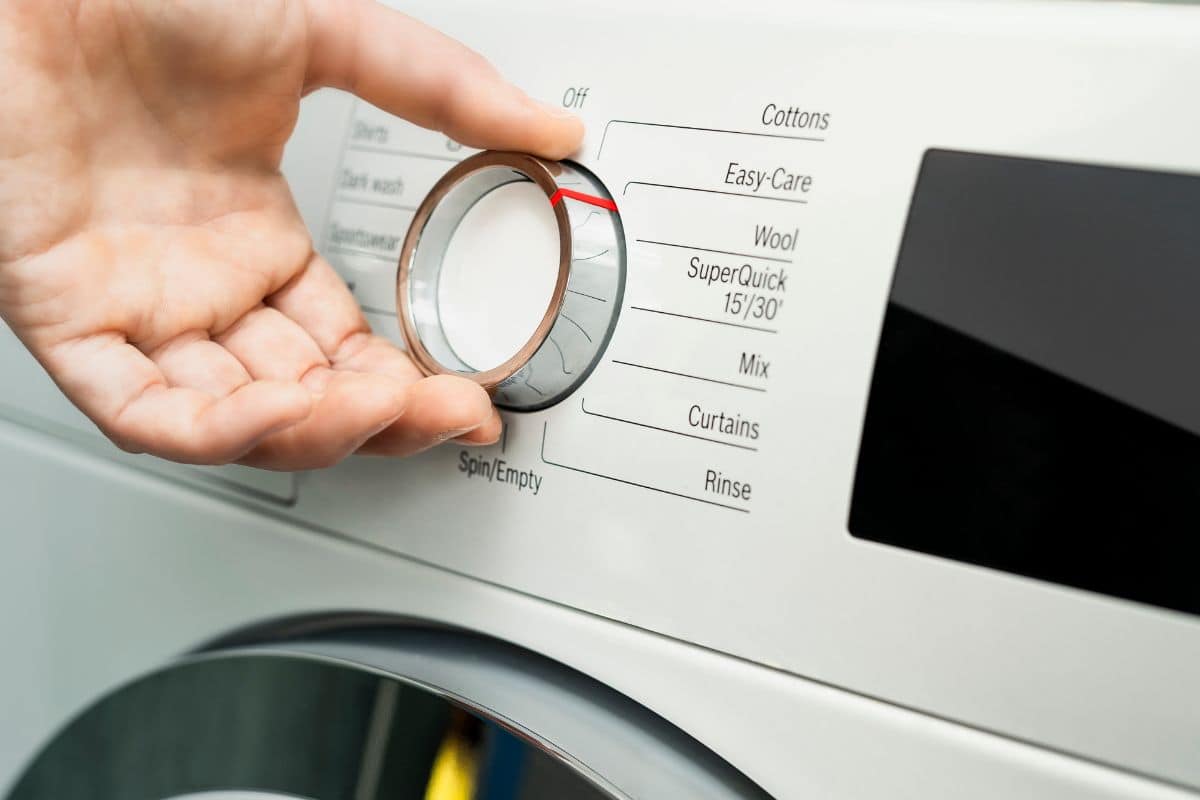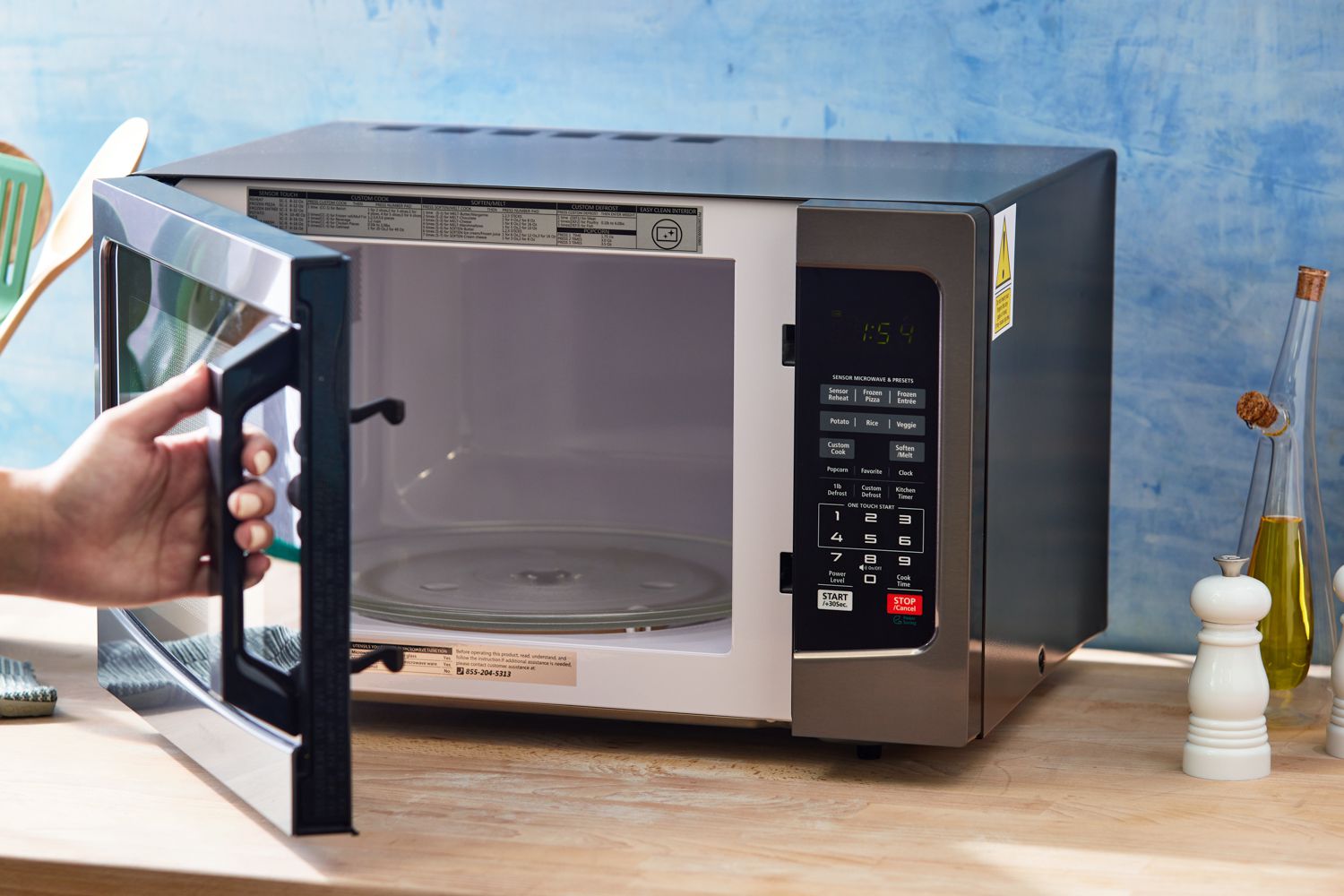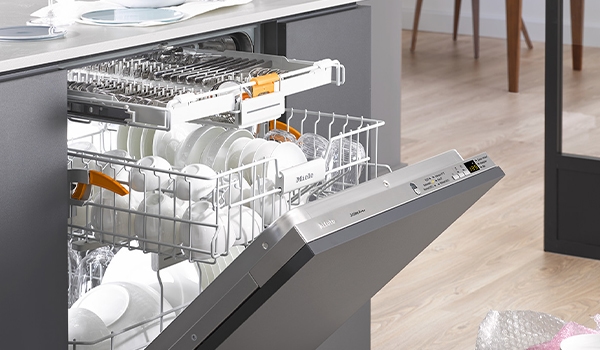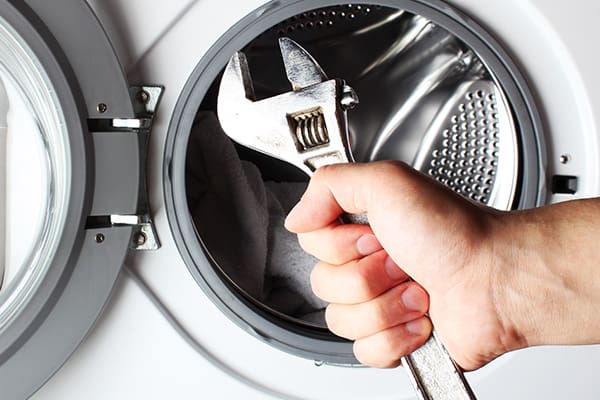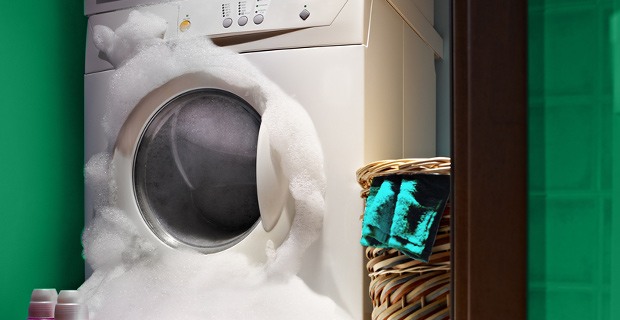Understanding the Basics How Should the Washing Machine Drum Spin?
Encountering the inconvenience of a non-spinning washing machine drum can disrupt daily routines. While some issues can be tackled with DIY troubleshooting, certain signs signal the need for professional intervention. In this guide, we explore the common culprits behind a non-spinning drum, providing practical DIY steps for users. However, recognizing when to call in the expertise of a professional becomes paramount. Join us as we navigate the intricacies of washing machine repairs, highlighting signs that indicate it's time to seek the skills of a seasoned appliance repair professional. Efficient solutions and informed decisions await on the journey to restoring your washing machine's optimal performance.
Understanding the Basics: How Should the Washing Machine Drum Spin?
The efficient spinning of a washing machine drum is fundamental to its optimal performance. Understanding the basics of how the drum should spin provides valuable insights into the normal functioning of this essential appliance component.
The primary purpose of the washing machine drum is to agitate and spin the clothes during different cycles, such as washing, rinsing, and spinning. During the spinning phase, the drum rotates rapidly to remove excess water from the clothes, facilitating the drying process.
The drum typically spins horizontally, and the direction may vary between top-loading and front-loading machines. In a top-loading machine, the drum usually spins in a circular motion, allowing the clothes to be lifted and dropped back into the water. On the other hand, front-loading machines often feature a drum that rotates horizontally, tumbling the clothes in and out of the water.
The speed at which the drum spins is another crucial factor. Higher spin speeds extract more water from the clothes, reducing drying time and energy consumption. Modern washing machines often come with multiple spin speed options to accommodate different fabrics and laundry needs.
An efficiently spinning drum ensures that clothes are thoroughly rinsed and ready for the drying phase. Any deviation from the expected spinning behavior may indicate an issue that requires attention. Delving into the normal functioning of the washing machine drum provides a foundation for troubleshooting and maintaining the appliance's longevity and effectiveness.
Common Reasons for a Non-Spinning Drum: Unraveling the Culprits
When a washing machine drum refuses to spin, it can disrupt the entire laundry routine. Identifying and exploring the potential causes behind this issue is crucial for effective troubleshooting. Let's unravel the common culprits responsible for a non-spinning drum:
Drive Belt Issues
A worn-out or loose drive belt can hinder the drum's spinning motion. Inspect the belt for signs of damage, wear, or misalignment.
Faulty Motor
The motor is the powerhouse behind the drum's rotation. Motor malfunctions, such as a burned-out motor or damaged electrical components, can result in a non-spinning drum.
Lid Switch Problems
Washing machines are designed to halt the spinning cycle if the lid is open. A faulty lid switch might incorrectly signal that the lid is open, preventing the drum from spinning.
Door Lock Issues (Front-Loading Machines)
Front-loading machines have door locks that secure during operation. If the door lock is malfunctioning, it may prevent the drum from spinning.
Imbalanced Load
An uneven distribution of clothes inside the drum can trigger automatic safety features that prevent spinning. This is particularly common in top-loading machines.
Blocked or Faulty Pump
If the pump responsible for draining water is blocked or defective, the machine may not enter the spinning phase.
Electronic Control Board Problems
Issues with the electronic control board, which governs the various functions of the washing machine, can disrupt the spinning cycle.
Worn-out Clutch or Transmission
The clutch and transmission play vital roles in facilitating the drum's movement. Wear and tear on these components can lead to a non-spinning drum.
Understanding these potential culprits provides a starting point for troubleshooting the issue. By systematically inspecting each component, users can pinpoint the root cause and take the necessary steps to restore the drum's spinning functionality.
DIY Troubleshooting Techniques: Steps to Revive a Non-Spinning Drum
Reviving a non-spinning washing machine drum can be a DIY task with the right troubleshooting techniques. Here are practical and user-friendly steps to guide you through the process:
Check the Drive Belt
Inspect the drive belt for signs of wear, damage, or misalignment. If it's loose or broken, replacing it can restore proper spinning functionality.
Verify the Lid Switch
Ensure that the lid switch is functioning correctly. If the washing machine thinks the lid is open, it won't enter the spinning cycle. Test the switch and replace it if necessary.
Examine the Door Lock (Front-Loading Machines)
For front-loading machines, inspect the door lock mechanism. If it's faulty, replacing or repairing it can resolve issues preventing the drum from spinning.
Balance the Load
Distribute the clothes evenly inside the drum to prevent imbalance issues. An uneven load can trigger safety features that inhibit spinning.
Clear Pump Blockages
Check the pump for any obstructions or blockages. A blocked pump can hinder water drainage and disrupt the spinning cycle.
Inspect Electronic Control Board Connections
Examine the electronic control board for loose or damaged connections. Reseating or replacing faulty connections can address electronic control issues.
Test the Motor
Run a motor test to ensure it's functioning properly. If the motor is faulty, replacing it may be necessary for restoring spinning functionality.
Evaluate the Clutch and Transmission
Check the clutch and transmission for wear and tear. If these components are compromised, they may need replacement to restore proper drum movement.
Run a Calibration Cycle (If Available)
Some washing machines have a calibration or diagnostic cycle. Running this cycle can help recalibrate internal sensors and systems, potentially resolving the issue.
Refer to the User Manual
Consult the washing machine's user manual for model-specific troubleshooting tips and guidance. It often provides valuable insights into DIY problem-solving.
By systematically following these steps, users can troubleshoot and address common issues causing a non-spinning drum. However, if the problem persists or seems complex, seeking professional appliance repair assistance may be necessary.
Inspecting the Drive Belt and Motor: Vital Components in Spinning
The drive belt and motor are pivotal components in the spinning mechanism of a washing machine. Understanding their roles and inspecting them for issues is crucial for diagnosing a non-spinning drum. Let's delve into these vital elements:
Drive Belt
Role: The drive belt connects the motor to the drum, facilitating the transfer of power for rotation. It plays a key role in initiating and maintaining the spinning motion.
Inspection: Check the drive belt for signs of wear, fraying, or damage. A loose or damaged belt can impede the drum's rotation. Ensure proper tension and alignment. If issues are detected, replacing the drive belt is often necessary.
Motor
Role: The motor serves as the powerhouse, generating the rotational force needed for the drum to spin. It translates electrical energy into mechanical motion, driving the entire washing cycle.
Inspection: Examine the motor for visible damage, burning smells, or unusual noises. Verify that electrical connections to the motor are secure. Run a motor test if available in the washing machine's diagnostic features. If the motor shows signs of malfunction, such as overheating or failure to start, replacement may be required.
Synchronous Operation
The drive belt and motor must work synchronously for effective spinning. Any disruption in the drive belt's functionality or motor performance can result in a non-spinning drum.
Tension and Alignment
Ensure that the drive belt has proper tension and is correctly aligned. A loose or misaligned belt can slip, preventing the transmission of rotational force to the drum.
Regular Maintenance
Routine inspection and maintenance of the drive belt and motor contribute to the overall longevity and efficiency of the washing machine. Regular cleaning, lubrication, and timely replacement of worn-out components can prevent issues that lead to a non-spinning drum.
Focusing on the drive belt and motor as critical elements in the spinning process enables users to identify and address issues that may be hindering the washing machine's performance. By maintaining these components, individuals can contribute to the appliance's smooth operation and ensure the longevity of their washing machines.
When to Call a Professional: Signs That You Need Expert Appliance Repair
While DIY troubleshooting can resolve many washing machine issues, certain signs indicate that it's time to seek the expertise of a professional appliance repair service for a non-spinning drum. Here are key indicators that warrant a professional's attention:
Persistent Non-Spinning Issue
If DIY efforts fail to resolve the non-spinning drum problem, especially after checking common causes and performing basic troubleshooting steps, it's a clear sign to consult a professional.
Unusual Noises or Burning Smells
Strange noises or burning smells emanating from the washing machine, particularly around the motor or drive belt area, suggest internal malfunctions that require professional assessment.
Motor Failure
A visibly malfunctioning motor, characterized by overheating, irregular noises, or a failure to start, necessitates the intervention of a professional technician with expertise in motor diagnostics and replacement.
Electrical Issues
Problems related to the washing machine's electrical components, such as the control board or wiring, should be addressed by a professional to avoid electrical hazards and ensure safe repairs.
Warranty Considerations
If the washing machine is still under warranty, attempting DIY repairs or hiring unauthorized technicians may void the warranty. It's advisable to engage a professional authorized by the manufacturer for warranty-covered repairs.
Complex Component Replacements
Issues with critical components like the transmission or clutch often require specialized knowledge and tools for replacement. Professionals are equipped to handle complex repairs efficiently.
Lack of Technical Knowledge
For individuals without technical expertise in appliance repairs, attempting to fix intricate issues can lead to further damage. Professional technicians possess the knowledge and experience to diagnose and address complex problems.
Safety Concerns
If there are concerns about safety during the repair process, especially when dealing with electrical components or intricate machinery, it's safer to entrust the task to a qualified professional.
Inadequate Tools and Equipment
Some repairs may require specialized tools and equipment that are not readily available to the average consumer. Professional technicians come prepared with the necessary tools for comprehensive diagnostics and repairs.
Calling a professional appliance repair service ensures a thorough assessment, accurate diagnosis, and precise resolution of the non-spinning drum issue. It also provides peace of mind, knowing that the repair is conducted by trained experts with the knowledge to address complex washing machine problems.


